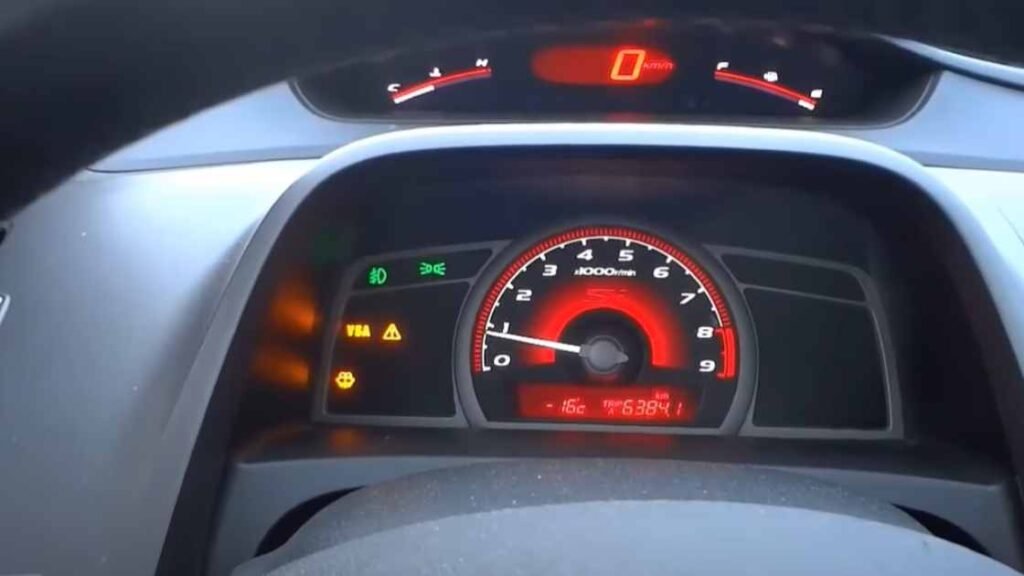The cost to fix a Vehicle Stability Assist (VSA) system varies from $100 to $600. Factors like vehicle models, parts required, and labor rates influence the price.
Repairing a Vehicle Stability Assist (VSA) system is essential for maintaining the safety features of your vehicle. This advanced system helps drivers maintain control during adverse driving conditions by automatically adjusting brake pressure and engine power.
VSA malfunctions can stem from sensor issues, software glitches, or electronic control unit (ECU) faults, and addressing them promptly is vital.
The costs encompass diagnostic fees, replacement parts such as wheel speed sensors or the control module, and labor charges, which will differ based on your location and the service provider.
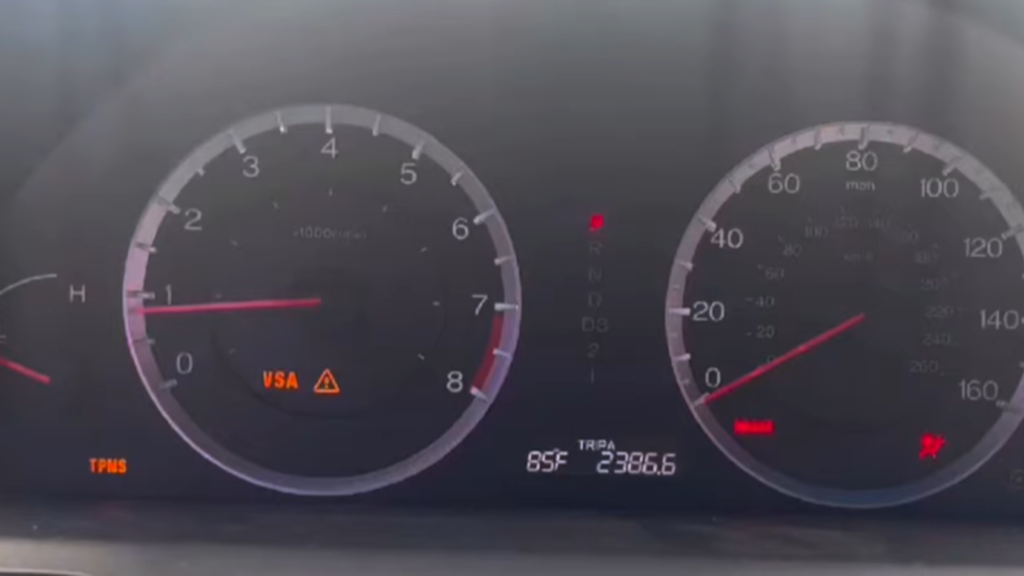
It’s advisable to get a professional diagnosis to ensure accurate repair and cost estimation, ensuring your vehicle’s VSA system is functioning optimally for safe driving. Let’s explain ” How Much Does It Cost to Fix VSA System?”
The Basics Of Vehicle Stability Assist
Welcome to our deep into the basics of Vehicle Stability Assist (VSA). This technology plays a crucial role in keeping drivers safe on the road. VSA is key to appreciating the value it adds to your driving experience and the potential costs involved when it requires repair. So let’s start by breaking down what VSA is and how it works to protect you and your passengers.
Defining Vehicle Stability Assist (VSA)
Vehicle Stability Assist, also known as Electronic Stability Control (ESC), is a smart car safety feature. It helps drivers maintain control during sudden maneuvers. The system detects and reduces skidding, often occurring during sharp turns or slippery conditions.
In essence, VSA automatically makes corrections to the engine output and applies brakes to specific wheels, allowing for a safer ride.
VSA System Components And Functionality
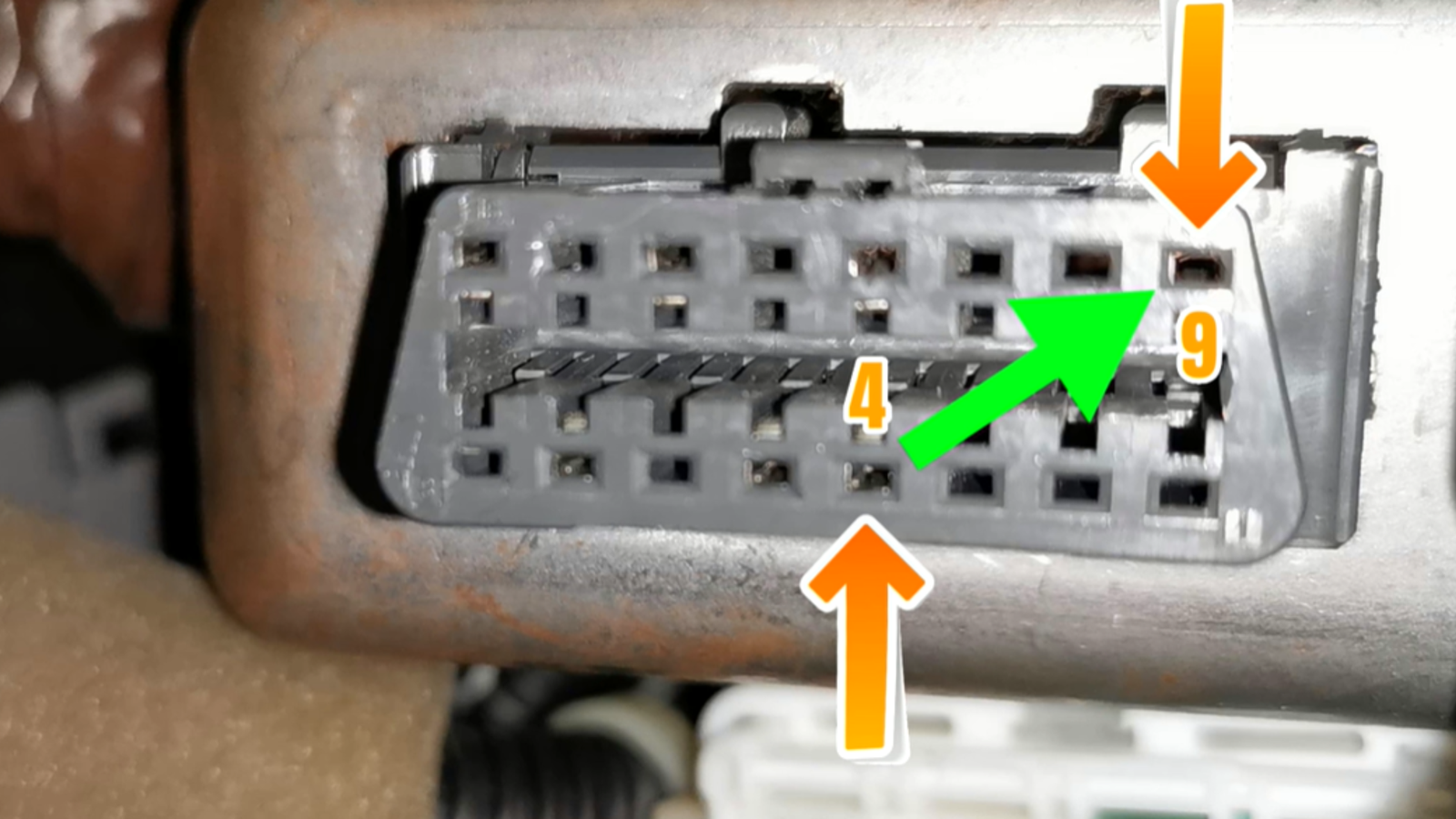
The VSA system consists of several key components, each playing a specific role to ensure vehicle stability:
- Sensors: Monitor car speed, wheel rotation, and steering angle.
- Control Unit: Analyzes data from sensors and decides on actions.
- Brakes: Receive signals to engage and help correct the vehicle’s path.
When it comes to functionality, the VSA system:
- Detects loss of traction.
- Engages automatically to take corrective action.
- Helps maintain the car on its intended path.
This innovative tech reduces the risk of accidents caused by sudden changes in direction or difficult road conditions. Now that you understand the basics of VSA, it’s easy to see why proper maintenance is essential and why repairs can be a worthy investment for your vehicle’s safety.
Common Issues With VSA Systems
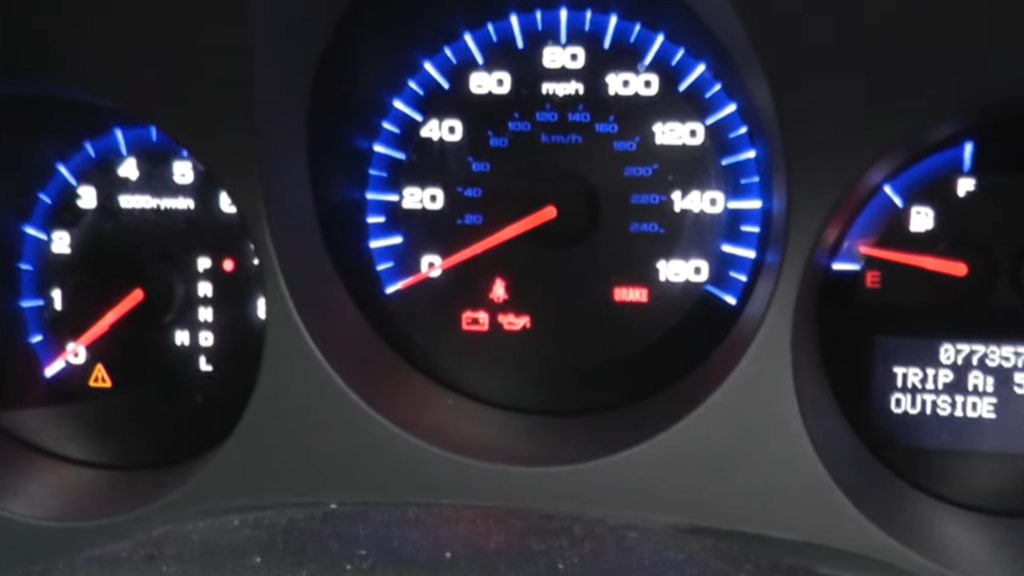
The Vehicle Stability Assist (VSA) system is critical in helping maintain vehicle control. Various issues can lead to VSA system malfunction. These problems can save time and money.
Sensor Malfunctions And Warning Signs
Sensor malfunctions often trigger VSA alerts. These issues may stem from:
- Dirt or debris obstructing sensors
- Wearing out of sensor components
- Unexpected electrical interruptions
Look out for these warning signs:
| Warning Sign | Possible Issue |
|---|---|
| VSA warning light on the dashboard | Sensor requires attention |
| Performance inconsistencies | Sensor accuracy may be compromised |
| Unusual vehicle behavior | Potential sensor fault |
Address these signs promptly to ensure safety.
Electrical Problems Affecting VSA Operations
VSA systems rely on precise electrical functions. Electrical issues include:
- Worn wiring
- Blown fuses
- Faulty control units
These problems may lead to:
- VSA system deactivation
- Erratic stability control
- Compromised safety mechanisms
Regular inspections prevent these electrical issues. Always consult a professional technician if uncertainty arises.
Diagnosing VSA System Problems
The Vehicle Stability Assist (VSA) system is essential for your car’s safety. It helps keep your car stable on the road. When something goes wrong with the VSA system, fixing it quickly is important. Many car owners might not know what this involves. The costs start with diagnosing the problem.
Tools And Techniques For VSA Troubleshooting
Troubleshooting the VSA system requires specific tools and techniques. Here’s what experts typically use:
- OBD-II Scanner: Reads trouble codes from your car’s computer.
- Multimeter: Tests electrical connections and components.
- VSA System Manual: Guides the diagnosis process.
Using these tools, technicians can pinpoint issues. They might find sensor malfunctions or wiring problems. Proper use of these tools can save both time and money.
Professional Diagnosis Vs. Diy: Pros And Cons
You might consider diagnosing VSA system issues yourself. Knowing the pros and cons of DIY or professional help is vital.
| Professional Diagnosis | DIY Diagnosis |
|---|---|
|
|
Weigh these options carefully. Your abilities and the car’s condition matter. A professional diagnosis ensures a correct fix but comes at a higher cost. DIY can be less expensive but might not be as reliable.
Factors Influencing VSA Repair Costs
The dynamics of VSA repair costs is pivotal when facing automotive troubles in this domain. Vehicle Stability Assist (VSA), known for its role in ensuring your car’s stability and control, can sometimes need attention and fixing. A variety of factors determine the price of this repair, making it essential to understand what influences the bottom line. Let’s describe them.
Make And Model Specificity
Like most car components, the VSA system varies with the make and model of a vehicle. Your car’s brand and the specific technology it employs can significantly affect repair costs. Some brands utilize complex VSA systems, inherently raising the price due to specialized parts or software. Conversely, other models may feature simpler, more common systems, potentially costing less to fix.
- Luxury models: Higher parts and service fees
- Mass-market cars: More economical parts and service rates
Cost Variance By Part And Labor Intensity
The cost of VSA repairs can swing widely based on the part needing replacement or repair and the effort involved in the service. Some issues may require a quick sensor replacement, resulting in a relatively low-cost job. In contrast, other problems could involve extensive electrical troubleshooting or recalibration, translating to higher labor hours and thus, increased costs.
| Part Types | Labor Hours | Cost Estimate |
|---|---|---|
| Sensors | 1-2 | $100-$300 |
| Control Modules | 3-5 | $500-$1000 |
| Hydraulic Units | 4-6+ | $600-$1200+ |
Cost estimates are illustrative and vary based on location and specific vehicle conditions.
Ultimately, striking the right balance between quality service and reasonable costs is key. Awareness of these factors helps car owners navigate repairs with confidence and budget accordingly.
Estimated Cost Range For VSA Repair
Vehicle Stability Assist (VSA) system repairs can vary widely in cost. This range depends on several factors. These factors include the make and model of the vehicle, the severity of the issue, and its location. Typically, repair costs range from $100 to $600. Below is a breakdown of potential costs you might encounter.
Breakdown Of Parts
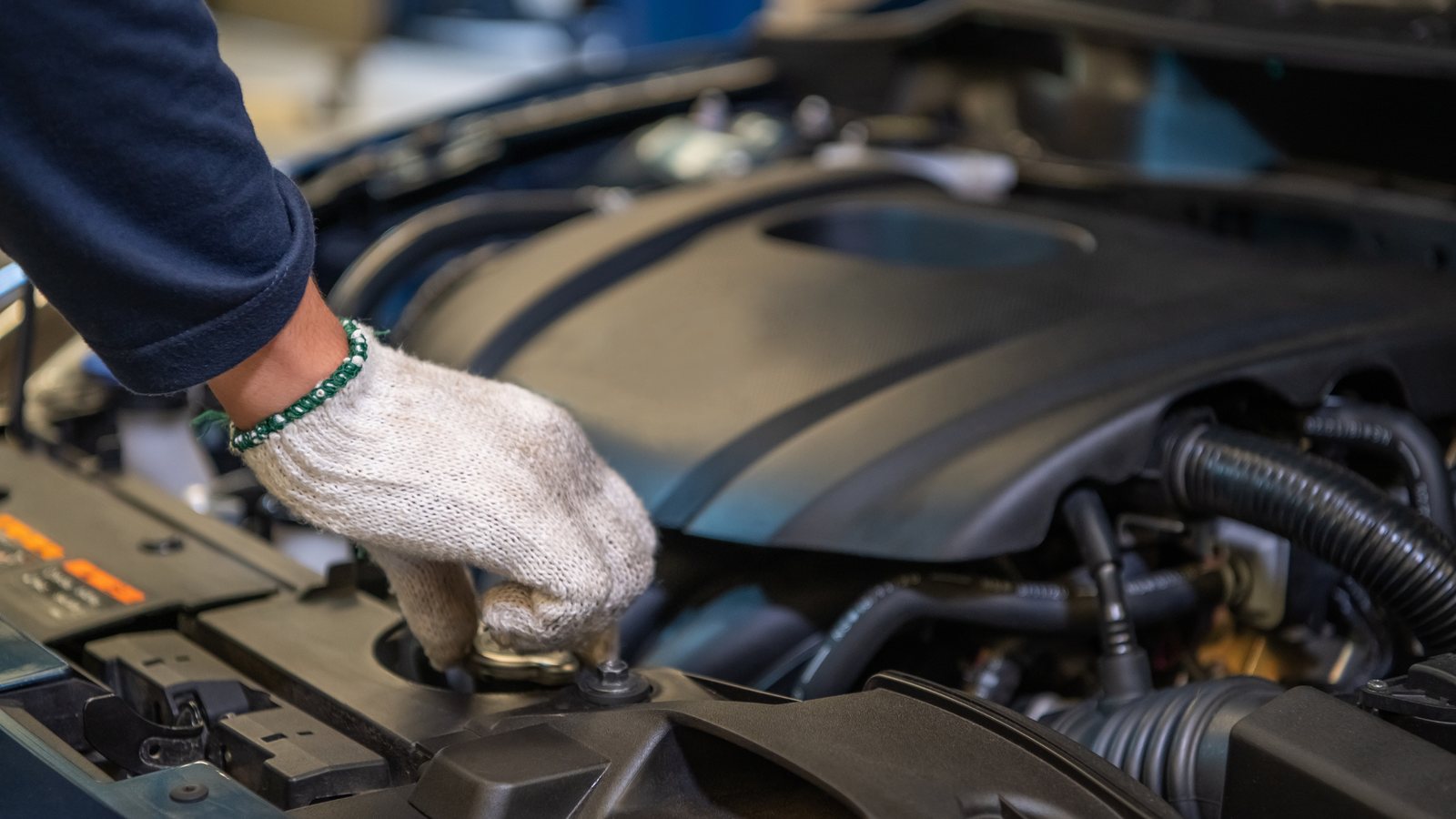
The VSA system includes sensors, a control module, and an actuator. The cost of each can differ.
- Sensors: $20 to $200 each
- Control Module: $100 to $300
- Actuator: $150 to $400
Labor
Labor for VSA repair typically ranges from $80 to $150 per hour. The total hours can vary based on the complexity of the repair.
A simple sensor replacement might take one hour. A complete system overhaul could take four hours or more.
Additional Expenses

Additional costs might include diagnostics fees, taxes, and additional repairs. Diagnostics can cost between $50 and $150. Always consider these extra costs to get a full picture of the repair expenses.
How To Save Money On Vsa System Repairs
To cut costs on VSA repairs, consider the following tips:
- Shop around: Get quotes from multiple shops.
- DIY: If you have the skills, perform repairs yourself.
- Use aftermarket parts: They often cost less than OEM parts.
- Service specials: Look for repair shops offering discounts.
Remember, investing in timely repairs can prevent costlier issues down the road. Always weigh the long-term benefits against short-term savings.
Preventing Future VSA Issues
Preventing future VSA issues is a key aspect of car maintenance that often goes overlooked. The costs associated with fixing the Vehicle Stability Assist (VSA) system starts by recognizing the importance of proactive measures. This section delves into ways to keep your VSA system functioning optimally. Through regular upkeep and knowledge of component lifespans, you can ensure your VSA system remains reliable.
Regular Maintenance Tips For VSA Longevity
Maintaining the VSA system is critical for the safety and longevity of your vehicle. Follow these regular maintenance tips:
- Check Tire Pressure: Ensure tires are properly inflated to maintain traction.
- Brake System Inspection: Regularly inspect your brakes, as they are integral to the VSA system.
- Steering Alignment: Keep the steering alignment in check to avoid VSA errors.
- Software Updates: Update the VSA system’s software as recommended by the manufacturer.
- Professional Diagnostics: Have a certified mechanic perform a diagnostic check if the VSA light illuminates.
Upgrades And Replacement Intervals For VSA Components
Knowing when to upgrade or replace VSA components can save you from hefty repair costs:
| Component | Typical Replacement Interval |
|---|---|
| Wheel Speed Sensors | Every 60,000 to 100,000 miles |
| Steering Angle Sensor | Check every 30,000 miles; replace as needed |
| Brake Light Switch | Replace if brake lights malfunction or VSA warning appears |
| VSA Modulator | Inspect routinely; professional evaluation for faults |
Keep in mind that these intervals are general guidelines. Your vehicle may require more frequent checks based on usage patterns and driving conditions.
Frequently Asked Questions On How Much Does It Cost To Fix Vsa System
What Is The VSA System In Vehicles?
The Vehicle Stability Assist (VSA) system is designed to help drivers maintain control during adverse driving conditions. It manages traction and stability by regulating engine output and selectively applying brakes.
How Much Does A VSA System Repair Cost?
Repairing a VSA system can cost between $200 to $2,000. The price varies widely depending on the vehicle model, parts required, and labor costs. A diagnostic check is usually the first step to determine the exact issue.
Can I Drive With A Faulty VSA System?
Driving with a faulty VSA system can compromise vehicle stability, especially in slippery conditions. While it won’t stop the car from running, it’s recommended to get it fixed as soon as possible for safety.
What Causes VSA System Malfunctions?
VSA system malfunctions are often triggered by faulty sensors, ABS issues, or software problems. Regular maintenance and addressing warning lights promptly can help prevent these issues.
Can I drive with a bad VSA module?
Driving with a malfunctioning VSA (Vehicle Stability Assist) module is not recommended, as it may compromise your vehicle’s stability control system, potentially leading to unsafe driving conditions. It is advisable to address and repair the VSA module issue before driving to ensure proper functionality and safety on the road.
Conclusion
The cost involved in repairing the VSA system is essential for maintaining your vehicle’s stability and safety. The overall expense can vary, often depending on your car’s make and model, the severity of the issue, and labor costs. Regular maintenance can help prevent costly repairs, ensuring your VSA system functions effectively and keeping you safe on the road.
Remember to consult with a trusted mechanic for an accurate quote tailored to your specific needs.

